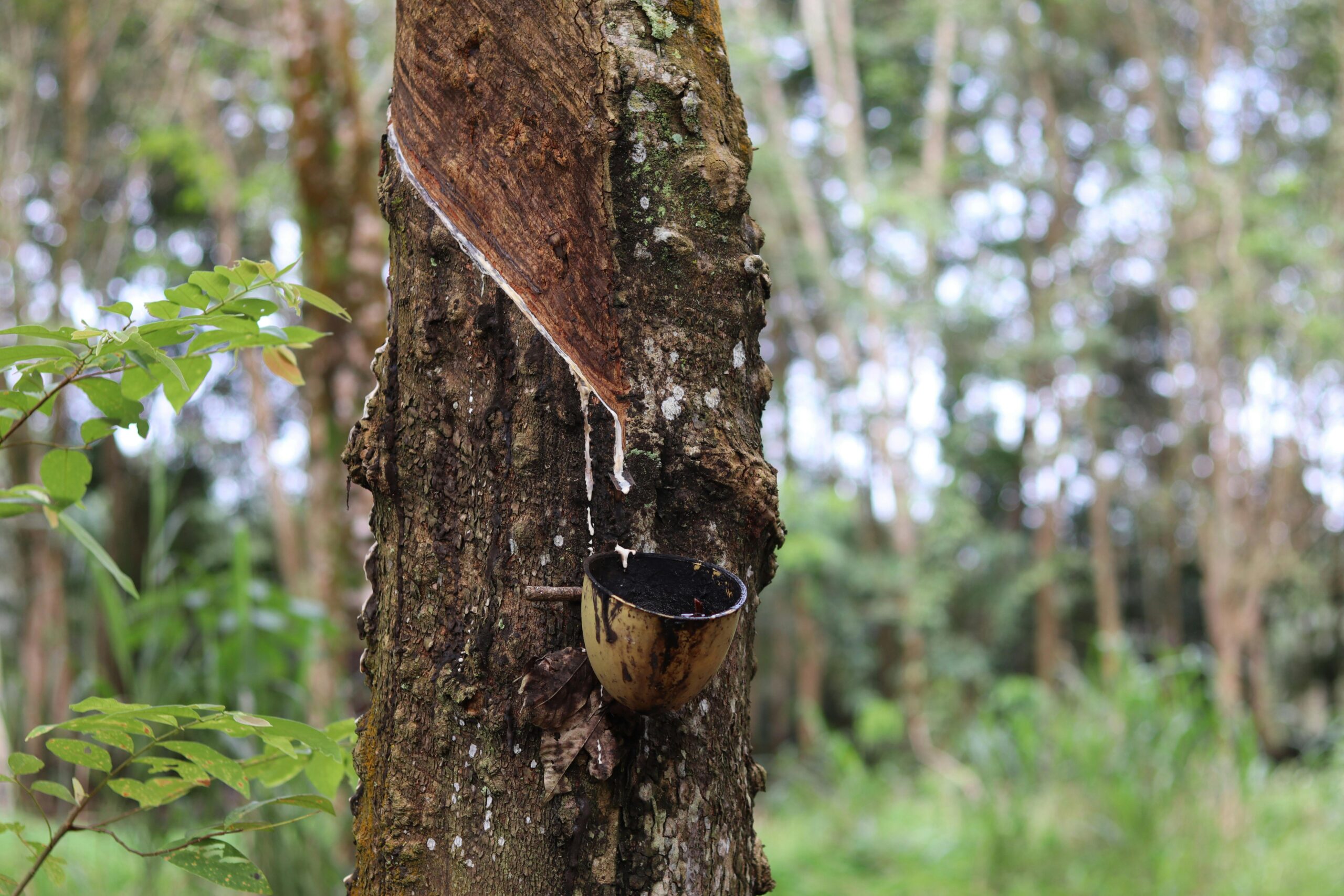Concept cases
Sustainability Research & Training
Sustainability often masks complex cycles where human actions, economic pressures, and ecological limits intersect. These data-driven cases expose the hidden consequences of global industries, revealing the delicate balance between progress and preservation. From rubber plantations to fishing grounds, each story challenges us to rethink sustainability through a lens of scientific insight and ecological harmony.

Heavy metal contamination in Indonesian fishing grounds: A pollution cycle in your fish oil
Bali’s coastal waters fuel a vital fishing industry, yielding 50,000 metric tons of fish annually for fish oil and dried seaweed production (Bali Fisheries Department, 2023). Yet, a hidden pollution cycle endangers this ecosystem. Research reveals that 35% of fish samples from Bali’s southern coast contain heavy metals like mercury and cadmium above safe limits, with mercury levels reaching 0.5 ppm—double the WHO’s threshold (Environmental Science Journal, 2024). The source lies in Bali’s waste management crisis: the island generates 1.5 million tons of waste yearly, with 60% ending up in poorly managed landfills (UNEP, 2023).
A 2025 field study used Geographic Information Systems (GIS) to map the contamination pathway: heavy metals from a landfill on Nusa Penida island leach into groundwater at a rate of 10 tons per year, flowing into the ocean via the Petanu River and contaminating fishing grounds 20 nautical miles offshore through the Bali Strait’s currents (Indonesian Institute of Sciences, 2025). This cycle devastates marine life—coral reefs near Nusa Penida have declined by 12% due to metal runoff (UNEP, 2024)—and impacts global markets, with 15% of fish oil exports rejected by the EU in 2023 due to contamination (EU RASFF, 2024). The long-term risk extends to human health, as mercury bioaccumulates in the food chain, increasing neurological risks by 20% in high-exposure populations (WHO, 2023).
Mitigation efforts focused on relocating fishing zones to cleaner waters 40 nautical miles offshore, where heavy metal levels were below detectable limits, and educating fishermen through workshops on high-risk zones using GIS-based contamination maps. Post-intervention tests showed a 90% reduction in heavy metal content in fish samples. This case underscores the intricate links between waste management, ocean currents, marine ecosystems, and global trade, revealing the far-reaching impacts of localized pollution.

The rubber monoculture dilemma in Thailand: A biodiversity crisis
Thailand leads global rubber production, outputting 4.7 million metric tons annually—around 35% of the world’s supply (FAO, 2023). Yet, this comes at a steep ecological cost. Since 2000, over 3 million hectares of forest have been cleared for rubber plantations, primarily in monoculture setups (Global Forest Watch, 2024). This practice replaces diverse ecosystems with a single species, triggering a devastating cycle: soil degradation rises by 20% due to nutrient depletion, water retention falls by 15%, and biodiversity collapses—crab-eating macaques face food scarcity, with their populations dropping 30% in rubber-dominated regions (IUCN, 2023).
Monoculture also heightens economic risks: 25% of rubber trees are affected by fungal diseases like Phytophthora annually, costing farmers $500 million in losses (Thai Ministry of Agriculture, 2024). Additionally, monoculture reduces carbon sequestration by 18% compared to mixed forests, exacerbating climate change (UNEP, 2023).
Emerging solutions like agroforestry—mixing rubber trees with native species such as teak, bamboo, and durian—can reduce monoculture by 25%, enhance biodiversity, and lower carbon emissions by 10% through better soil health. This cycle illustrates the trade-offs between short-term economic gains and long-term ecological stability in Thailand’s rubber industry
